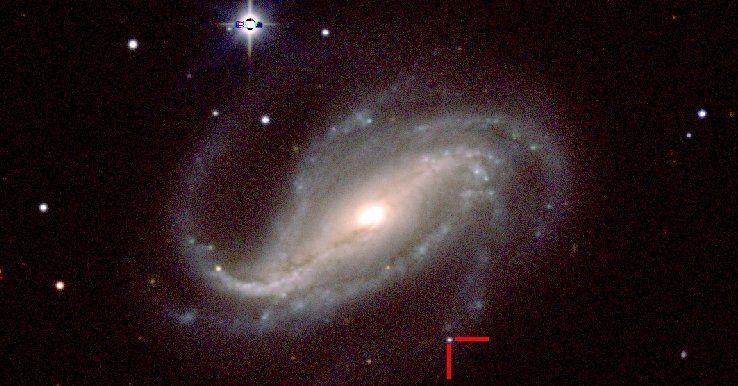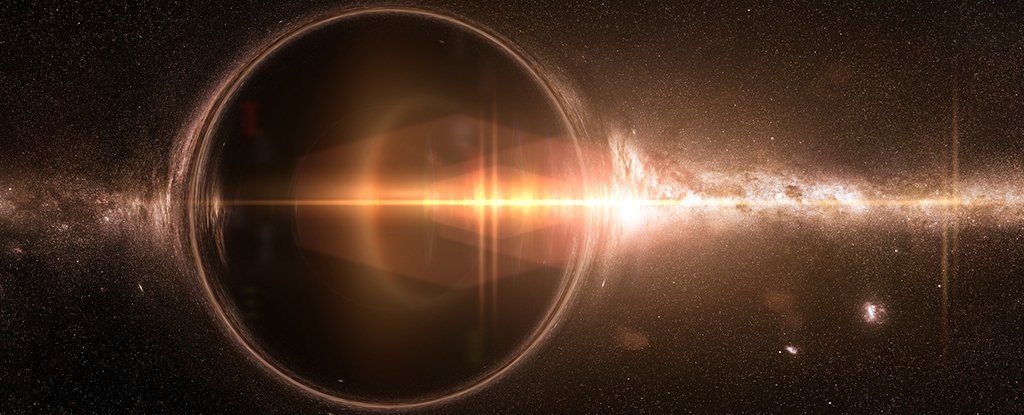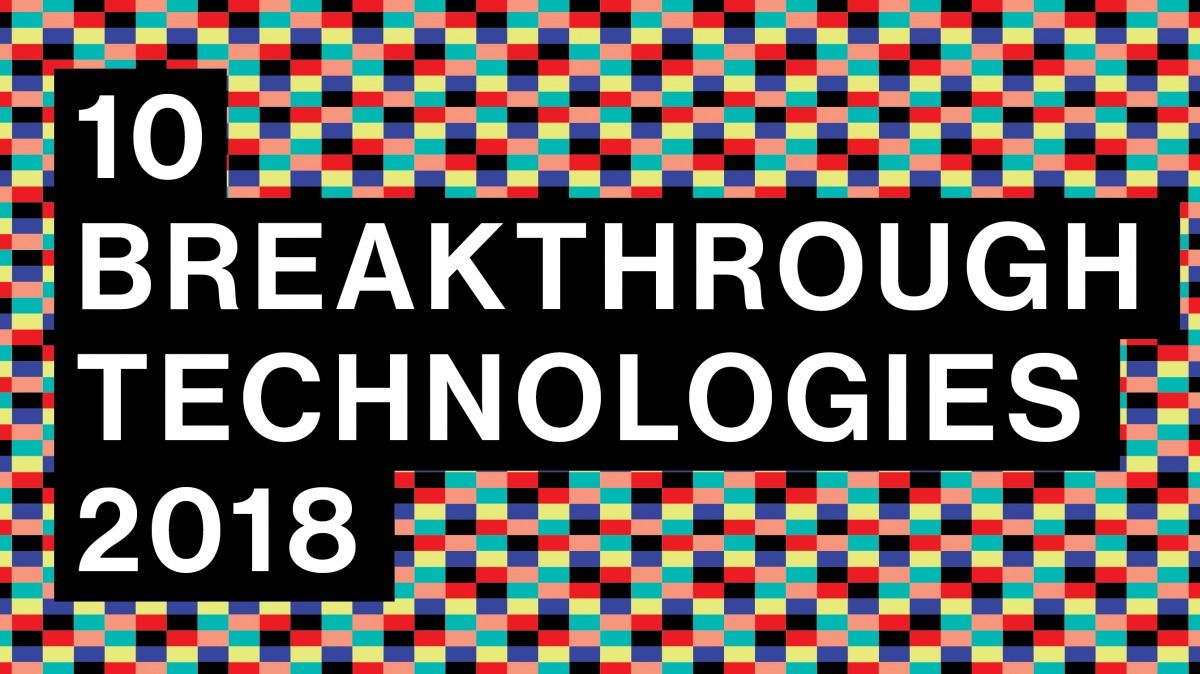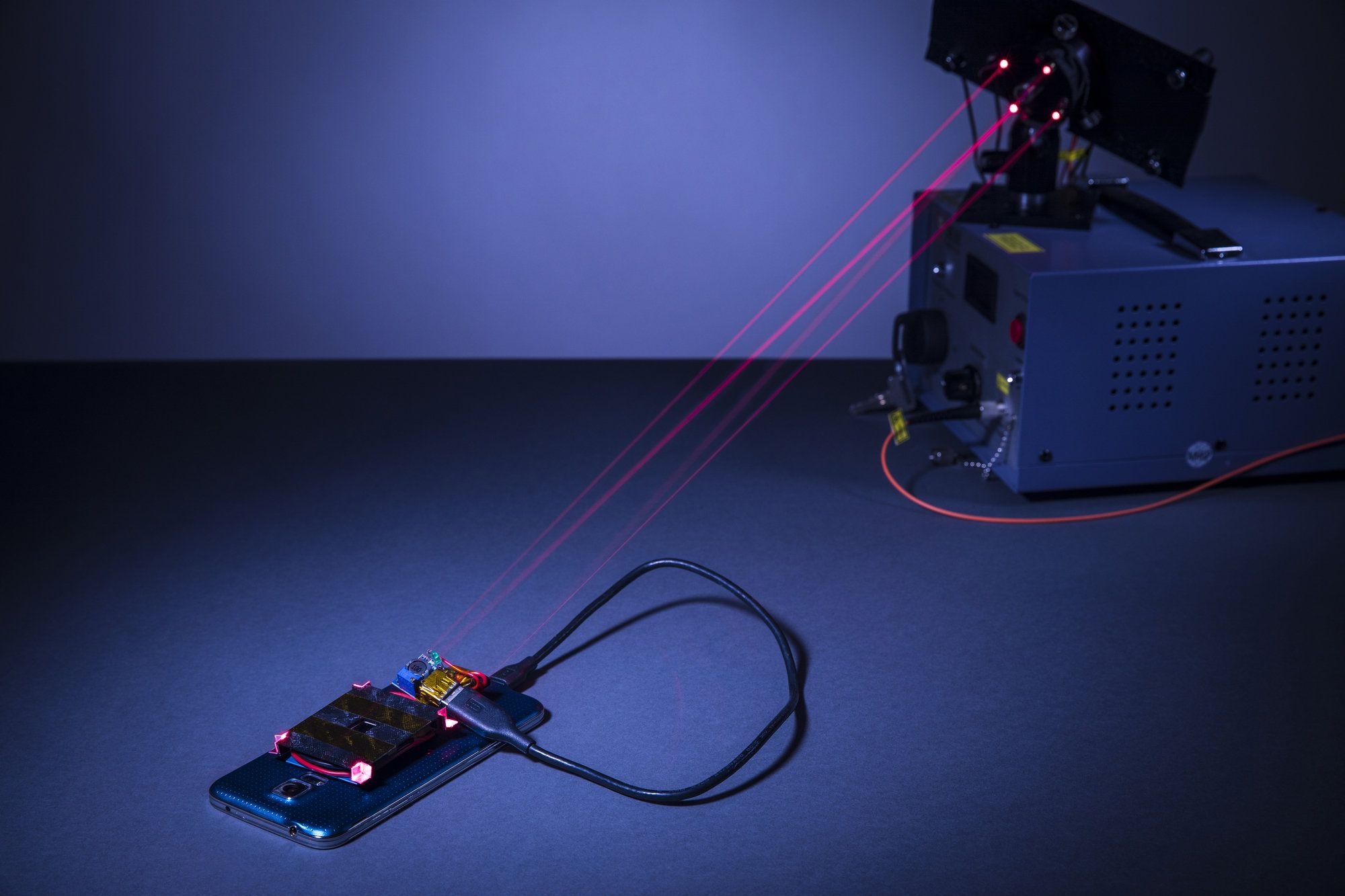Page 9216
Feb 21, 2018
Step Inside the World of Transhumanism, Where Death Is Only Temporary
Posted by Genevieve Klien in categories: life extension, transhumanism
Fascinating!
Transhumanists believe in a future of human immortality. A community in Russia is working to make it happen.
Feb 21, 2018
Astronomers Just Found Some of The Most Massive Black Holes Discovered in Our Universe
Posted by Genevieve Klien in categories: cosmology, evolution, physics
A study on dozens of galaxies within several billion light years of our own has revealed black holes that far exceed our expectations on just how big these monsters can grow.
The discovery not only helps us better understand the evolution of our Universe’s building blocks, it leaves us with a new intriguing question – just how do black holes like these get to be so incredibly massive?
By now, the collapsed cores of massive stars known as black holes need no introduction. We’ve heard about their cosmic crashes rippling space-time, watched them belch, and expect to capture the closest look yet at their nature very soon.
Feb 21, 2018
You’ll want to keep an eye on these 10 breakthrough technologies this year
Posted by Genevieve Klien in categories: innovation, robotics/AI
Dueling neural networks. Artificial embryos. AI in the cloud. Welcome to our annual list of the 10 technology advances we think will shape the way we work and live now and for years to come.
Feb 21, 2018
DNA data storage system is on the rise — find out how to store yours
Posted by Klaus Baldauf in categories: biotech/medical, media & arts
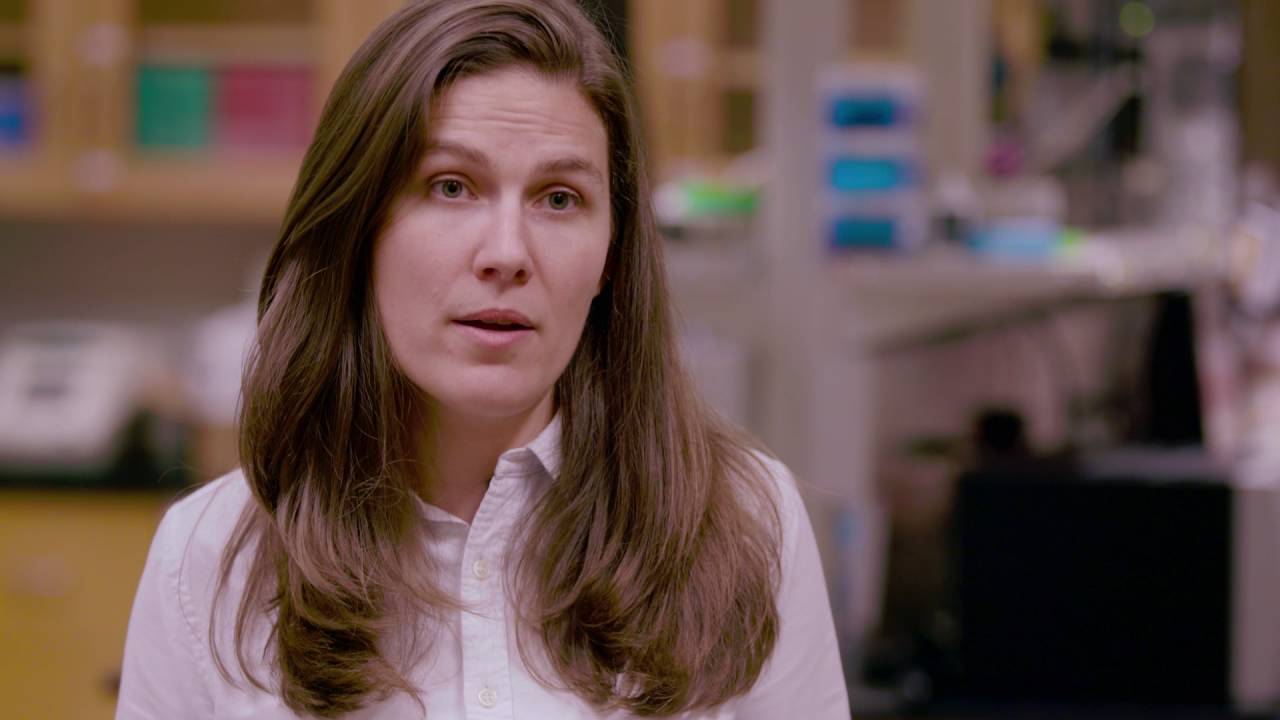
Scientists from the University of Washington and Microsoft are improving their system for preserving digital data in strands of synthetic DNA — and they’re giving you the chance to participate.
The UW-Microsoft team laid out the method in a research paper published this week in Nature Biotechnology.
Continue reading “DNA data storage system is on the rise — find out how to store yours” »
Feb 21, 2018
AI being used for ‘malicious purposes’, warn experts
Posted by Müslüm Yildiz in categories: cybercrime/malcode, drones, military, robotics/AI
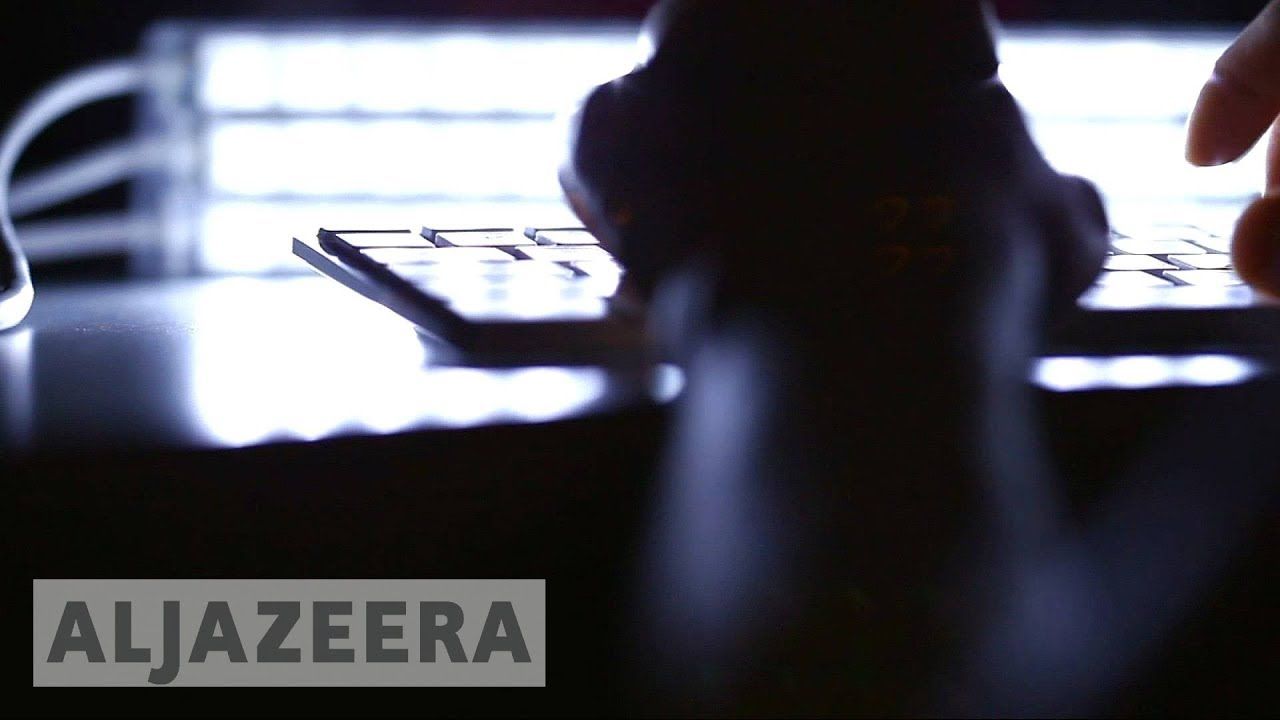
From healthcare to warfare, machine-based thinking is revolutionising the way we live, exposing us to the benefits and the risks. Twenty-six world experts in emerging technologies say cybercrime will grow and drones will be misused in the next decade.
Feb 21, 2018
Will We Ever Be Able to Upload a Mind to a New Body?
Posted by Derick Lee in categories: mapping, neuroscience, robotics/AI
The Netflix series takes place hundreds of years in the future, but references versions of technology that have been in development for years, like brain mapping, human and AI neural links, and mind uploading to computers. Millions of dollars has been bumped into technological ideas that promise, one day, our brains will be turned digital. That said, there are those who believe the human mind is too complex, and our consciousness too nuanced, to be recreated in a digital product. And none of that even goes into what would happen if someone’s digitized mind was placed into real human flesh.
Will we ever be able to upload our minds into other bodies? Furthermore, should we? And honestly, if we ever achieved such a feat, could we even call ourselves human anymore? On this week’s Giz Asks, we reached out to experts in neuroscience, philosophy and futurism.
Feb 20, 2018
Using a laser to wirelessly charge a smartphone safely across a room
Posted by Saúl Morales Rodriguéz in categories: computing, engineering, mobile phones, wearables
Although mobile devices such as tablets and smartphones let us communicate, work and access information wirelessly, their batteries must still be charged by plugging them in to an outlet. But engineers at the University of Washington have for the first time developed a method to safely charge a smartphone wirelessly using a laser.
As the team reports in a paper published online in December in the Proceedings of the Association for Computing Machinery on Interactive, Mobile, Wearable & Ubiquitous Technologies, a narrow, invisible beam from a laser emitter can deliver charge to a smartphone sitting across a room — and can potentially charge a smartphone as quickly as a standard USB cable. To accomplish this, the team mounted a thin power cell to the back of a smartphone, which charges the smartphone using power from the laser. In addition, the team custom-designed safety features — including a metal, flat-plate heatsink on the smartphone to dissipate excess heat from the laser, as well as a reflector-based mechanism to shut off the laser if a person tries to move in the charging beam’s path.
“Safety was our focus in designing this system,” said co-author Shyam Gollakota, an associate professor in the UW’s Paul G. Allen School of Computer Science & Engineering. “We have designed, constructed and tested this laser-based charging system with a rapid-response safety mechanism, which ensures that the laser emitter will terminate the charging beam before a person comes into the path of the laser.”
Continue reading “Using a laser to wirelessly charge a smartphone safely across a room” »
Feb 20, 2018
Jeff Bezos just shared a new video of a giant $42 million mechanical clock designed to outlast the United States
Posted by Jeremy Lichtman in category: futurism
Feb 20, 2018
This Is the Most Distant Confirmed Supernova Ever Observed
Posted by Genevieve Klien in category: cosmology
Supernovae are already some of the brightest explosions in the universe—but there’s more mysterious type, called superluminous supernovae, that can shine a hundred times brighter than the usual ones. And on August 22, 2016, astronomers spotted one whose light traveled over 10 billion years to reach us.
The discovery of the event, called DES16C2nm, was exciting enough on its own since it would normally have been invisible to telescopes if not for the fact that the universe is expanding, thus stretching the light from the explosion into wavelengths we can see from Earth. More generally, these flashes can tell the story of our universe, like what kinds of stuff lives between stars in distant galaxies, and other quirks of the cosmos.
“The more distant supernovae we see, the more information we get on those stars.” one of the study’s authors, Charlotte Angus from the University of Southampton in the United Kingdom, told Gizmodo.
Continue reading “This Is the Most Distant Confirmed Supernova Ever Observed” »
